When looking for frying pans you may notice two different options, omelette pans vs frying pans. They look pretty similar, so what is the difference between the two?
Omelette pans are specially designed frying pans that are made for cooking omelettes. They are typically smaller in size, lighter in weight, and have a non-stick coating to make flipping the omelette easier.
The rest of this article will cover exactly what omelette pans and frying pans are as well as the most important differences between the two.
Omelette Pan vs Frying Pan: What are Their Differences?
Despite looking similar, there are several differences between omelette pans and frying pans. However, the most significant difference is in their uses. Frying pans are versatile tools that can be used to prepare a wide variety of cuisines whereas omelette pans are only used for cooking omelettes.
Omelette Pan and Frying Pan Overview
This section will give you an overview of both types of pans and learn their uses.
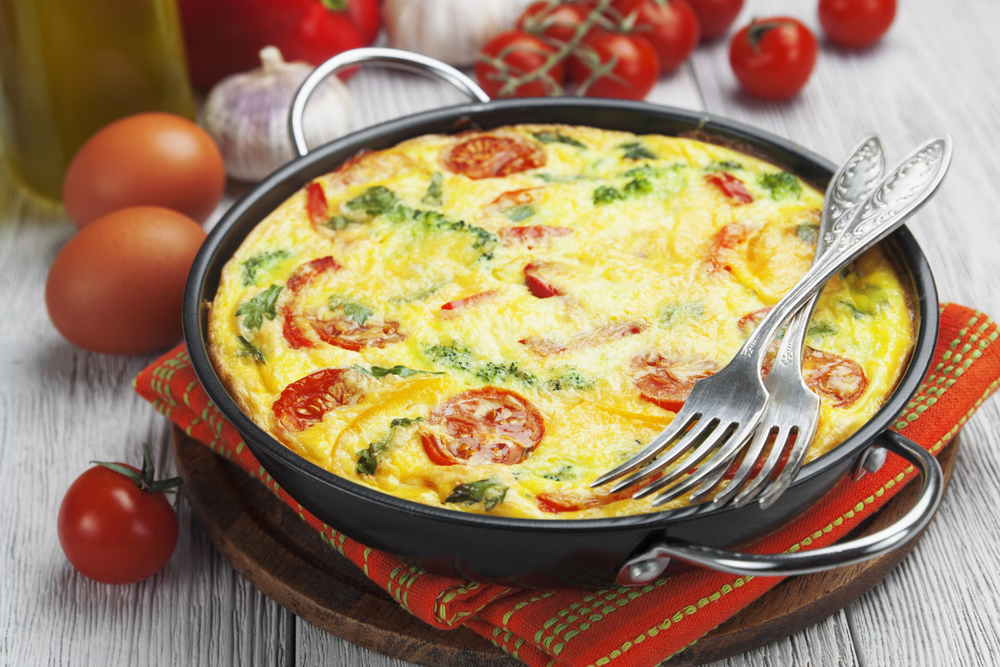
What is an Omelette Pan?
Omelette pans are a type of frying pan that is specially designed to cook omelettes. They are usually a few inches deep and have a flat bottom made from thick material. This thicker material allows the pan to heat evenly which will help the omelette to cook at a steady rate and prevent one side from being done before the other.
These pans also usually have steep sides which are helpful when it comes time to flip the omelette. The cook can slide the omelette up the sides of the pan and then use gravity to flip the omelette closed.
What is a Frying Pan?
A frying pan is a type of flat-bottomed pan that is used to fry and sear various foods. They are typically around 8 to 12 inches in diameter which is large enough for most dishes.
Frying pans are designed to be used over high heat which means that the material must be thick enough to sustain this heat. However, the material used varies. Some frying pans are made from cast iron while others are made from Teflon which is meant to prevent the food from sticking to the pan.
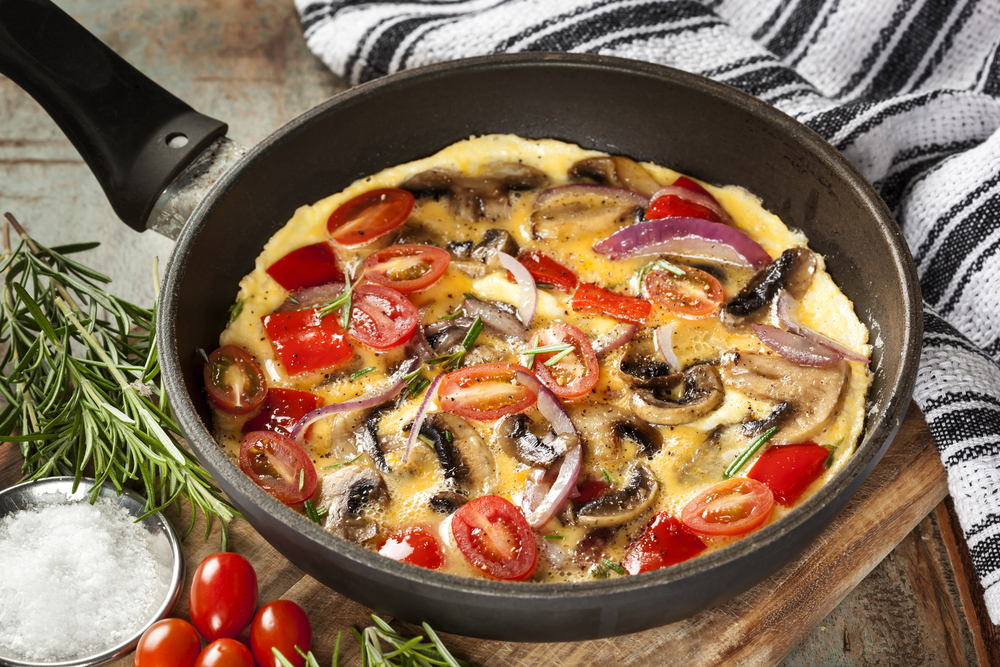
What are the Differences Between a Frying Pan and Omelette Pan
Despite both being types of frying pans, there are several differences between a regular frying pan and an omelette pan. In this section, you will learn about several of the differences that exist between frying pans and omelette pans.
Some of the differences between frying pans and omelette pans are their uses, weight, coating, and diameter.
Uses
The most significant difference between the two products is in their uses. Frying pans are very versatile tools in the kitchen and can be used to cook a wide variety of foods. They can be used to sear meats as well as prepare vegetable-based stir fry. There are few limits as to what you can cook in a frying pan.
In contrast, omelette pans are only used for cooking omelettes. While they can technically be used to cook other foods, this is not what they are intended for and they may have other features that do not work well when cooking other types of foods.
Weight
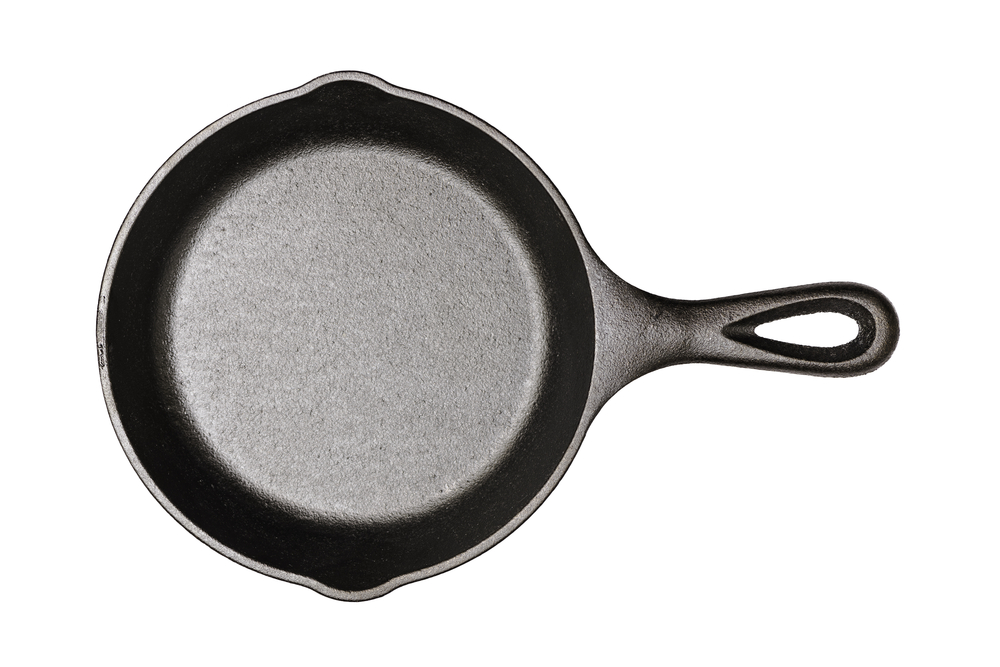
Another significant difference between the two products is their weight. Since frying pans have to be able to withstand high temperatures and cook many different foods, they are typically made from a thicker metal which makes the pan heavier. This is also good in situations where you may need to put the pan in the oven to finish off a dish, since the metal is thicker it can handle the more intense heat.
Since omelette pans are only used for cooking omelettes, they are not as heavy as regular frying pans. This is important because to cook an omelette you need to be able to pick up the pan and move it around easily, especially if you’re going to attempt flipping the omelette without a spatula.
If an omelette pan was too heavy it would be difficult to move around which could make the flipping process more difficult and possibly dangerous. A heavier pan also takes longer to heat and since omelettes are quick foods, you don’t want a pan that takes a long time to get up to temperature.
Coating
One of the differences between omelette pans and frying pans is their coating. Since omelette pans are made to cook eggs and you don’t typically want to include a lot of oil, they are frequently made with a non-stick coating such as Teflon.
These coatings help to prevent the food from sticking to the pan which is especially important when making an omelette. Since omelettes are usually stuffed with other ingredients, you want to make sure that it does not stick to the pan or it could rip and all the fillings could come tumbling out.
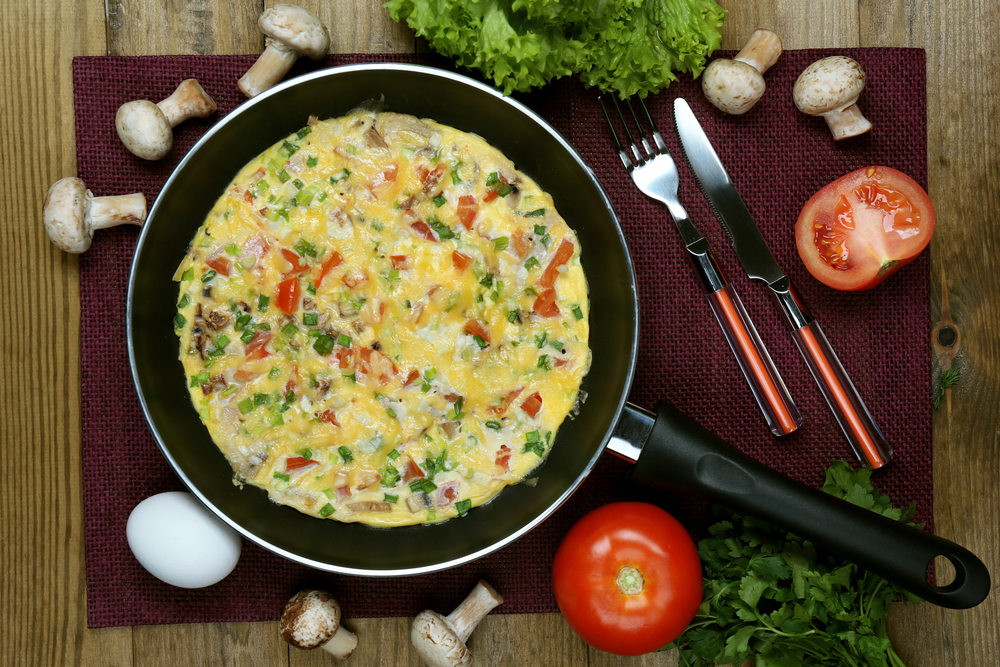
To learn more about non-stick pans including how to clean them, read this article.
While some frying pans are made with non-stick coatings, there are also plenty that is not such as cast iron frying pans. These pans rely on oil to prevent the food from sticking to the pan. However, this can make some foods more difficult to cook if you are trying to reduce the amount of oil you use in your cooking.
Diameter
Diameter is another factor in which you can see a difference between omelette pans and frying pans.
Frying pans are designed to cook multiple food items at the same time which means that they need to be large enough to accommodate these items. The most common frying pan sizes on the market are 8 inches, 10 inches, and 12 inches. The most popular out of these sizes are the 10-inch and the 12-inch options, any smaller than that and it can be difficult to cook multiple items at once.
In contrast, omelette pans are usually smaller than frying pans at around 8 inches in diameter. Keeping the diameter smaller allows the pan to heat up more quickly and maintain an even temperature throughout the pan. It also helps to keep the omelette from thinning out too much which can make it more likely to tear.
Handles
One last difference between the two is the style of the handle.
Frying pans often use a single metal handle. While this allows you to move a heavy pan without worrying that the handle will break, it does not help to protect your hands from the heat.
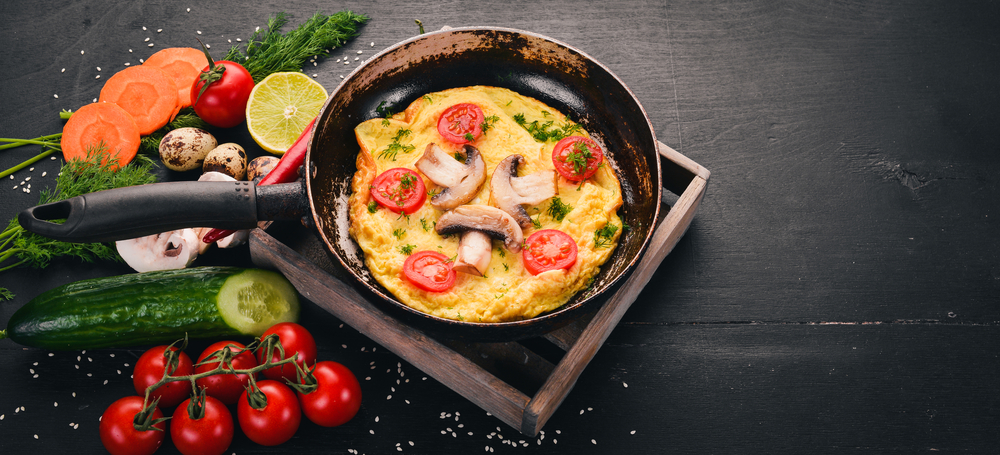
Omelette pans usually have a long handle with a protective coating on it that prevents the handle from getting too hot. That way the pan is easy to manoeuvre throughout the cooking process and you won’t burn yourself accidentally when you go to flip your omelette.
Which is Better Between a Frying Pan and an Omelette Pan?
Now for many, the question remains, which is better, a frying pan or an omelette pan?
The truth is that there is no definitive question to this answer and you will need to pick a pan based on what your individual needs. If you plan on cooking a lot of meets and want a versatile pan that has enough space to cook whole dishes, you should choose a frying pan.
An omelette pan is only designed for cooking omelettes and other egg-based dishes so it is the best type of pan to be used in these situations.
Conclusion
Omelette pans and frying pans are both technically frying pans however, their uses are entirely different. Frying pans are designed to cook a variety of different foods and are some of the most versatile tools you can have in your kitchen.
In contrast, omelette pans are designed only for cooking omelettes and their features reflect this design. They are lighter in weight and typically have a non-stick coating to make the cooking and flipping process easier.
Each pan has its advantages and disadvantages and each has its place in every cook’s kitchen.




